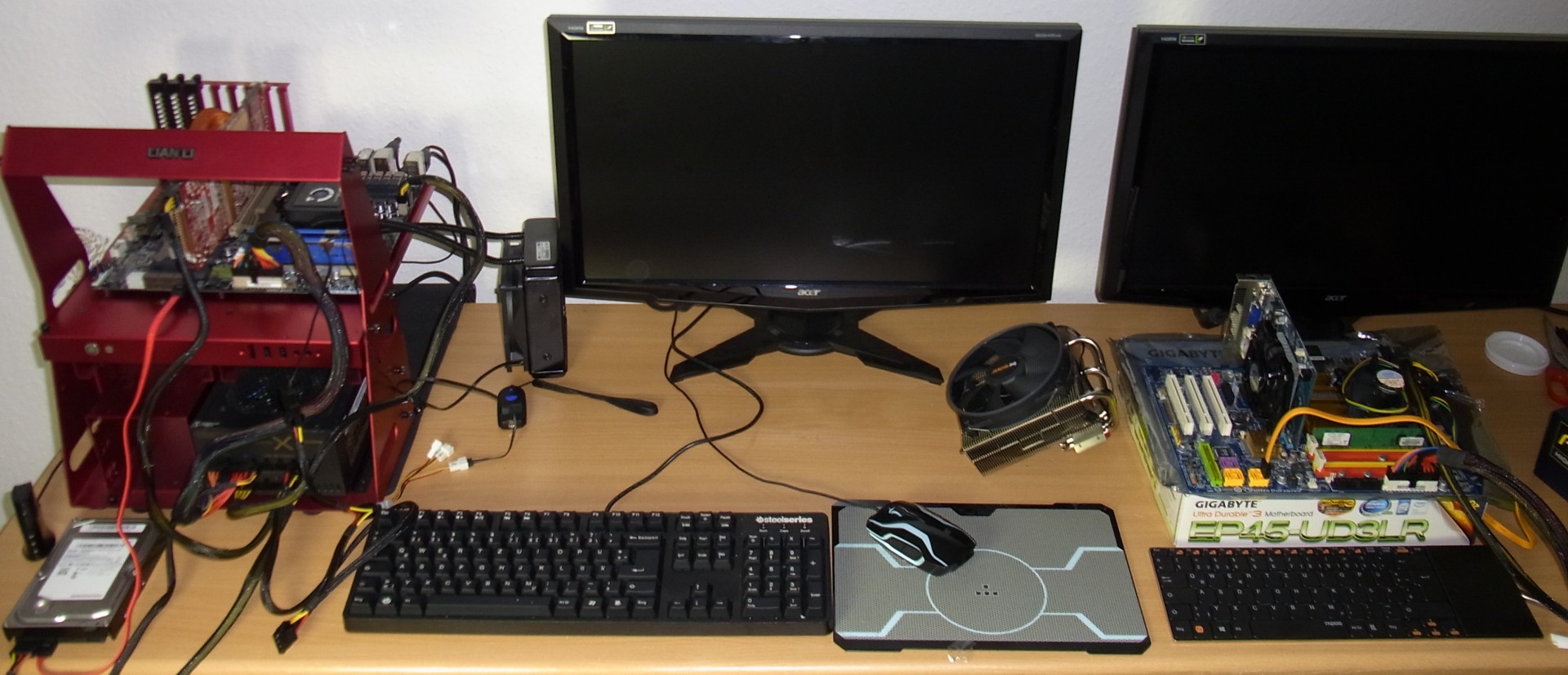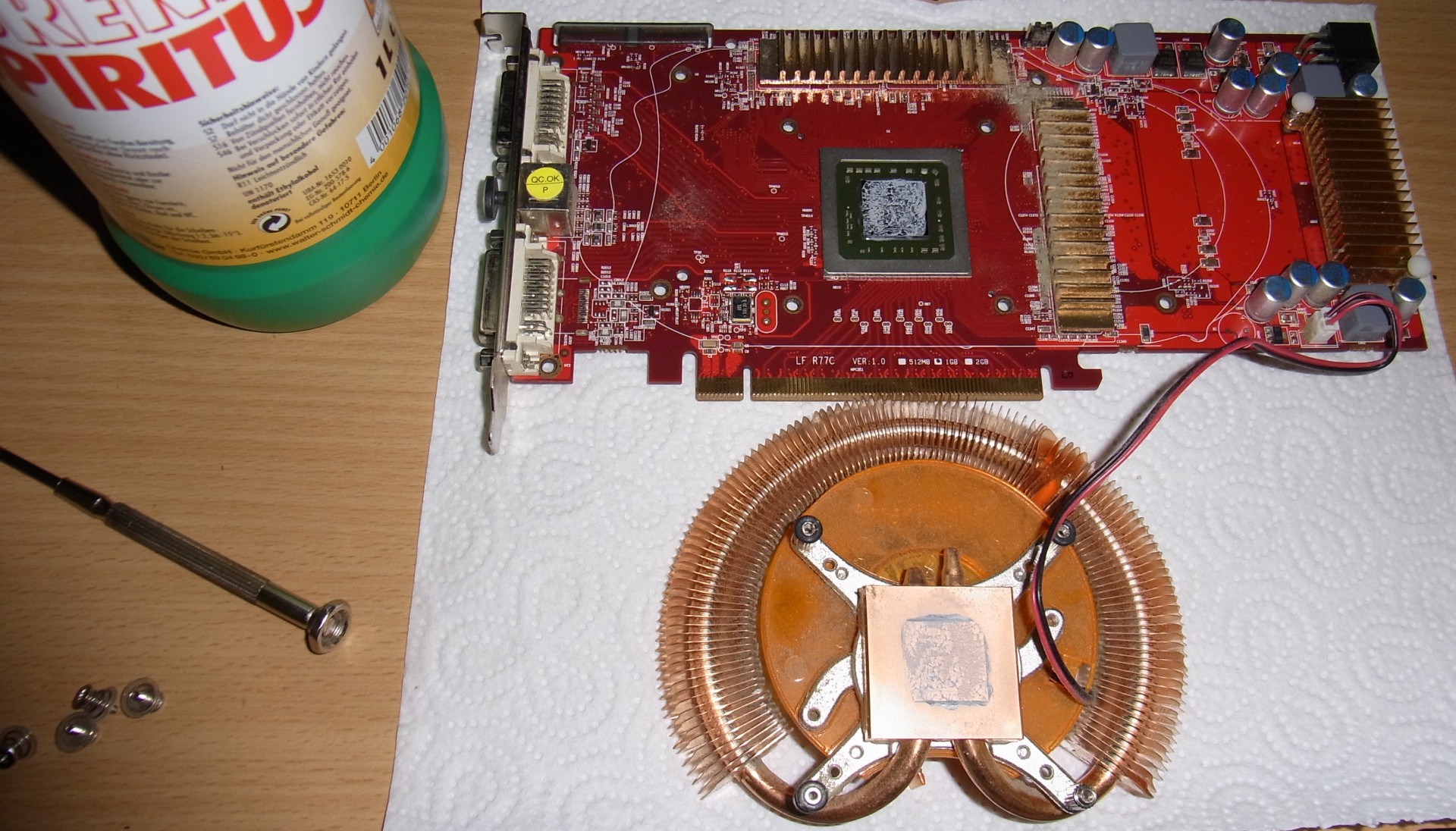Thermal Paste Comparison, Part One: Applying Grease And More
If you find yourself fighting a stubbornly-low overclock, there's a chance that your thermal solution isn't working as effectively as it should. We're testing a number of thermal pastes that might help. But first, let's go over the basics of CPU cooling.
Why Do We Test Each Paste In Four Scenarios?
In choosing four test platforms, I incorporate feedback from our valued readers. For instance, you wanted to see us take the cooler mounting pressure into account. We're skipping the LN2-based testing and focusing on scenarios you'll encounter in the real world. For example, we're using popular pre-assembled water coolers that should ensure heat sink temperatures below 60 °C (140 °F), premium aftermarket air coolers with back plates that should demonstrate high mounting pressure, and a run-of-the-mill budget cooler with push-pin mounting (that'll give us limited pressure). Stock coolers like that let the CPU get above 60 °C/140 °F (AMD) and 80 °C/176 °F (Intel).
Depending on viscosity and composition, not all pastes are a good fit for every application, nor are they all well-suited for novices. This warning also applies to replacing the heat sink on your GPU, and we'll discuss that separately below.
First, let's take a look at the three systems I used to test each thermal compound.
| Test System One: Closed-Loop Liquid Cooling | |
|---|---|
| Cooler | Corsair H80i |
| Fan | Original H80i fan, powered from an unregulated 7 V supply |
| CPU | AMD FX-8350 |
| Motherboard | Asus 990FX Sabertooth |
| Test System Two: Air Cooler with Back Plate (Screwed On) | |
|---|---|
| Cooler | be quiet! Shadow Rock |
| Fan | Original Shadow Rock fan, speed set to 70% |
| CPU | Intel Core 2 Quad Q6600 (Q0 Stepping) At 2.66 GHz |
| Motherboard | Gigabyte UP45-UD3LR |
| Test System Three: Intel Boxed Cooler (Mounted with Push Pins) | |
|---|---|
| Cooler | Intel Boxed Cooler |
| Fan | Original Intel Fan, Speed set to 80% |
| CPU | Intel Core 2 Duo E6850 |
| Mainboard | Gigabyte UP45-UD3LR |
Testing Thermal Paste on a Graphics Card
This is a somewhat sensitive topic, and for safety reasons I excluded electrically conductive or liquid metal pastes from my testing. Since GPUs don’t have a heat spreader, but allow the cooler’s sink to directly sit on the die, I didn't want anyone to risk a short circuit.
I also used an older graphics card, which was convenient to test with. Its cooler was mounted using four screws and its fan speed could be dialed in to a constant value. Furthermore, I figured that an older card would be more tolerant of the higher temperatures I'd see. After all, we didn't want a cheap paste to destroy an expensive, current-gen board. Fortunately, the GPU die size and surface temperature are still comparable to modern mid-range cards.
| Test System Four: Graphics Card Test | |
|---|---|
| Cooler | Zalman GPU cooler |
| Fan | Original Zalman fan, speed set to 80% |
| CPU | AMD Radeon HD 4850 |
| Test Environment | Test System 1 (see above) |
Test Cycles, Test Duration and Settings
I should also explain how I took my measurements. Because the digital temperature sensors built-in to modern CPUs only give us uncalibrated Tcore values, I used the old way of measuring die temperature with a thermal diode under the heat spreader. The processors in this story still use soldered-on spreaders, so this value should be fairly accurate. I'll report the difference between Tcase and the room temperature, since that latter figure wasn't as constant as I would have liked through all of the benchmarking.
For the graphics card, I used the temperature as the GPU reported it. That number wasn't influenced by minor changes in room temperature.
| Test Environment | |
|---|---|
| Room Temperature | Approx. 72 °F (between 70 and 73 °F) |
| Results of CPU Tests | Reported in °C as an average of temperature differences (Difference between the ambient temperature and the reading of the sensor under the heat spreader) |
| Results of GPU Tests | Reported in °C according to the temperature sensor on the GPU |
| Test Cycles CPU | 1 x four-hour burn-in, followed by break of at least two hours 4 x one-hour measurement, with one-hour breaks Total time at least 16 hours per thermal product and cooler |
| Test Cycles GPU | 1 x four-hour burn-in, followed by break of at least two hours 2 x one-hour measurement, with 30 minute breaks Total time at least 8.5 hours per thermal product |
Current page: Why Do We Test Each Paste In Four Scenarios?
Prev Page Applying Thermal Paste, Part Two Next Page Get Ready For The Thermal Compound Benchmarks!Get Tom's Hardware's best news and in-depth reviews, straight to your inbox.

Igor Wallossek wrote a wide variety of hardware articles for Tom's Hardware, with a strong focus on technical analysis and in-depth reviews. His contributions have spanned a broad spectrum of PC components, including GPUs, CPUs, workstations, and PC builds. His insightful articles provide readers with detailed knowledge to make informed decisions in the ever-evolving tech landscape
-
alidan please tell me yo are also going to do the solder the heatsink to the cpu method? i forget what its called, but that is what i want to use for my next computer and would love to see how it stacks up.Reply -
The Von Matrices In the second section about advanced cooling methods, are you planning on discussing delidding CPUs and replacing thermal paste? If you do it might be worth mentioning that the delidding won't improve temperatures because of improved thermal paste conductivity but because of reducing the thickness of the paste. See http://forums.anandtech.com/showpost.php?p=34053183&postcount=566Reply -
stickmansam Huh, I do turn my heatsinks sometimes for optimal alignment so the heat pipes are perpendicular to the die. Depends if I got the room in the case and what ram is being used. Also heatsink dependentReply -
slatts1024 One of the best articles I've read on Tom's in years and that's saying something. Looking forward to part 2.Reply -
Shankovich Loving that DHT-based design overlay picture on the first page. I've been telling my friends for a while to just get coolers with plated covers because the pipes miss the hotspot on intel CPU's, but no I'm full of bs apparently. This video is awesome btw, shows how spreads happen http://www.youtube.com/watch?v=EyXLu1Ms-q4Reply -
nukemaster How many volts does this "7 volt" unregulated power supply put out?Reply
Just curious. I have some 8/9/12 volt regulators that would eliminate the guessing games for resistor fan adapters(voltage depends on the fans current draw).
I have seen unregulated 6 volt power supplies range from 8-over 12 volts at low loads.
For a rather low price you can use a regulator to get whatever voltage you want :)
ohh yeah and...
I can't wait for the next part of this to be release -
jimmysmitty From what I have seen it depends on the materials. AS5 was great for a while but thee are better ones out than that now such as Noctuas or Zalmans.Reply
I also enjoyed using the IC Diamond thermal paste as it proved to cool very well but since it has a diamond based substance it can scuff the heat spreader.

